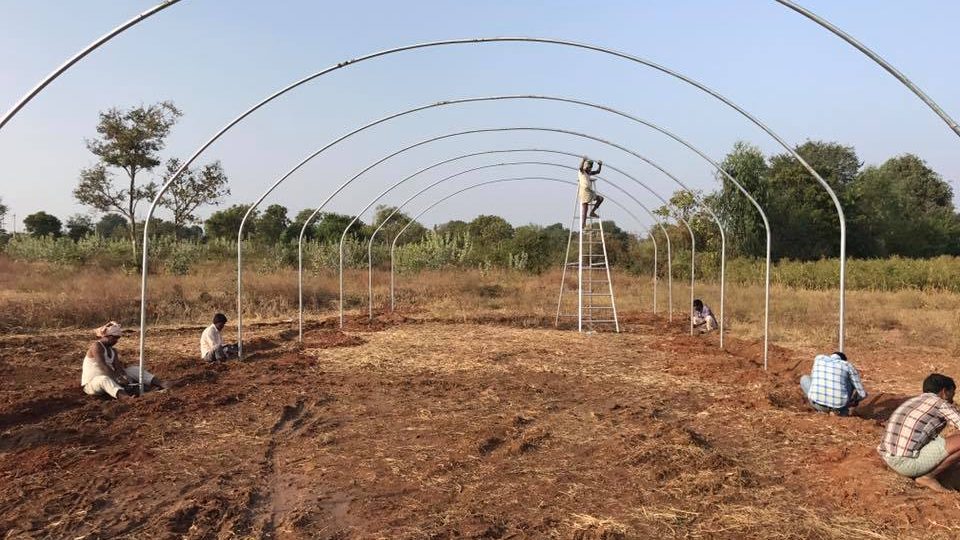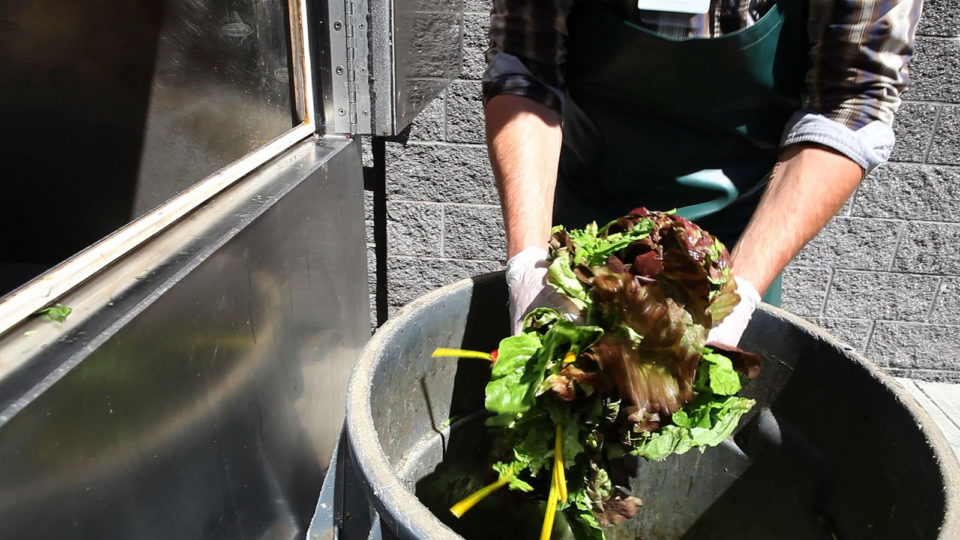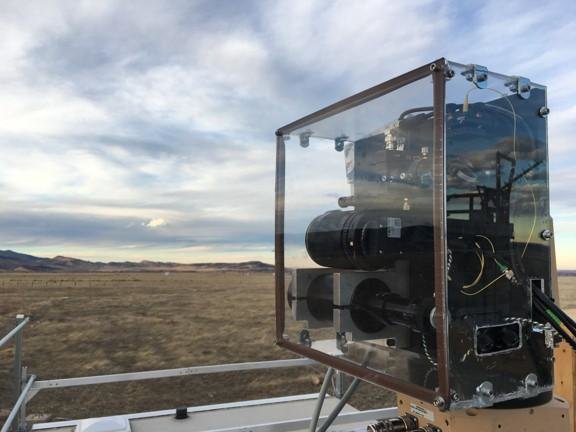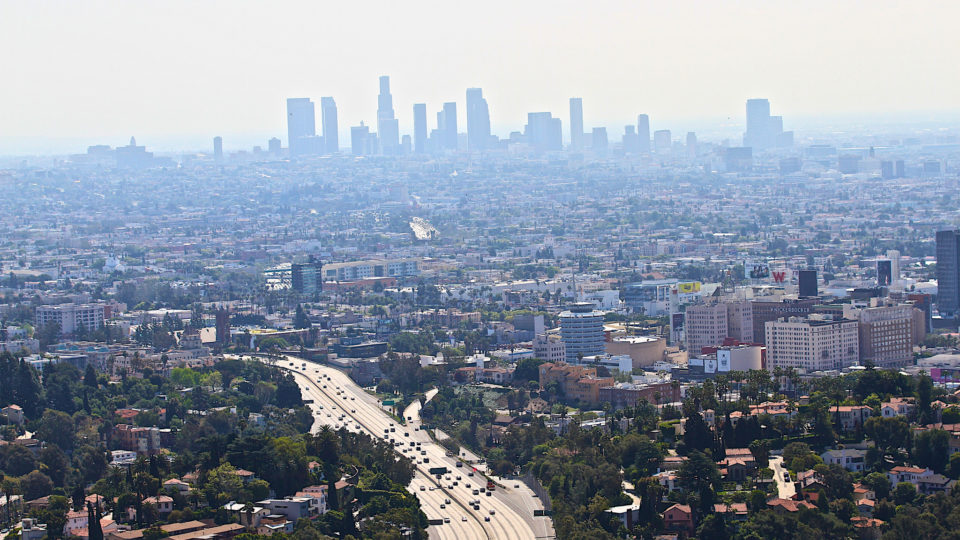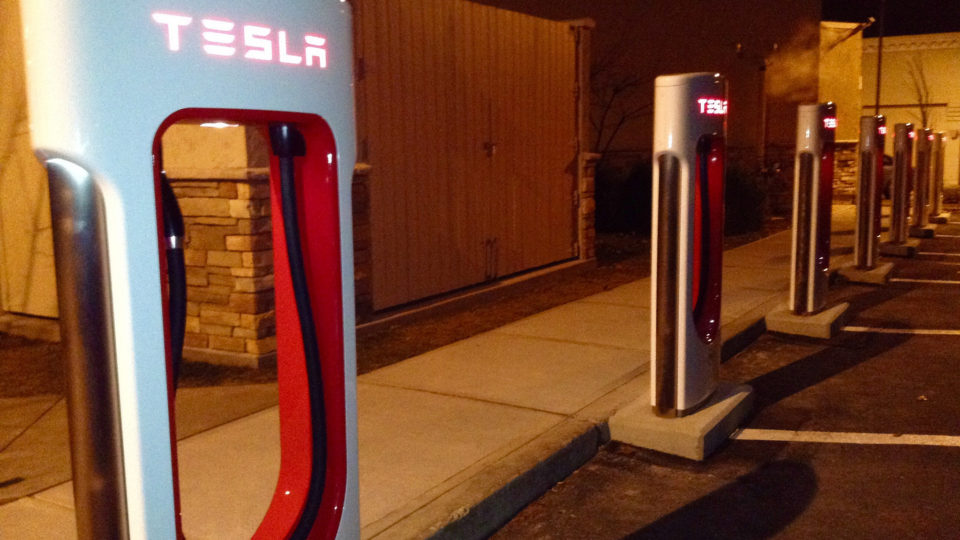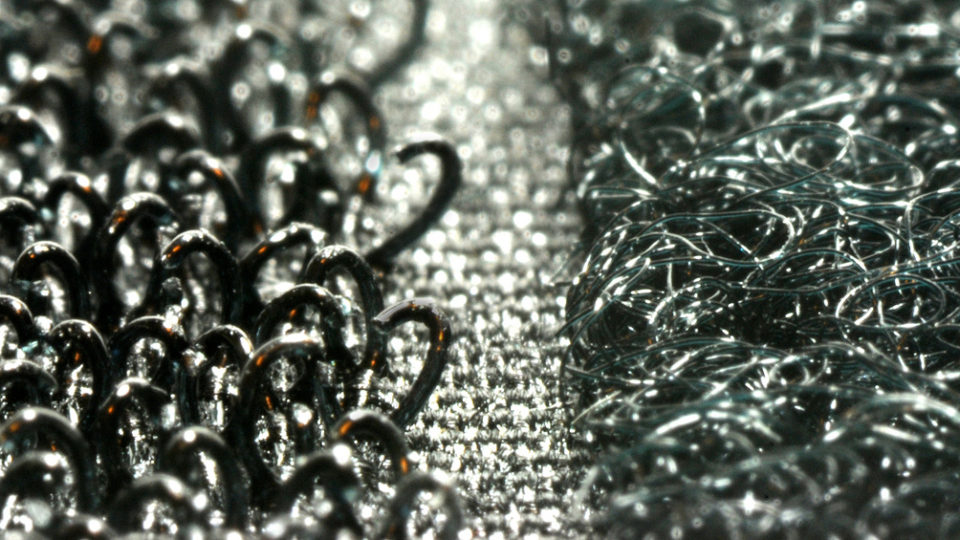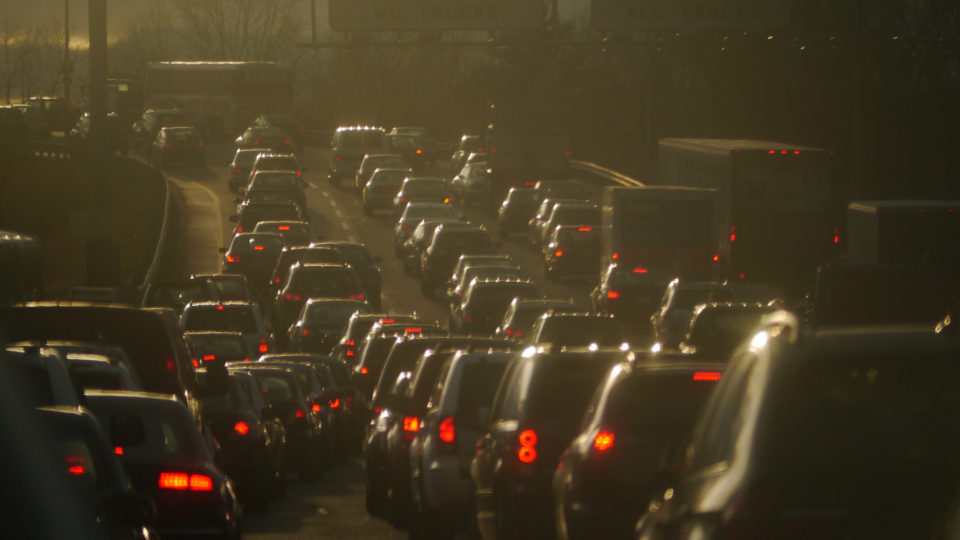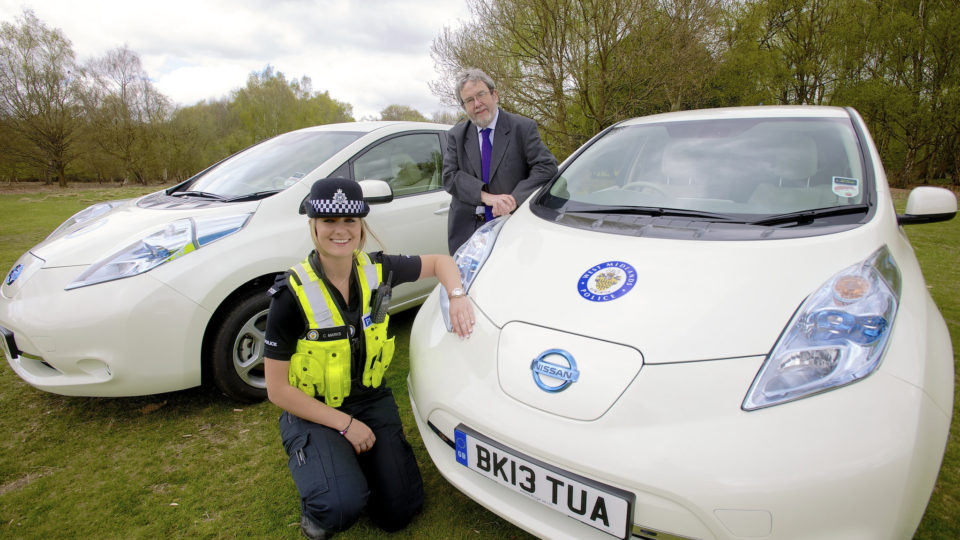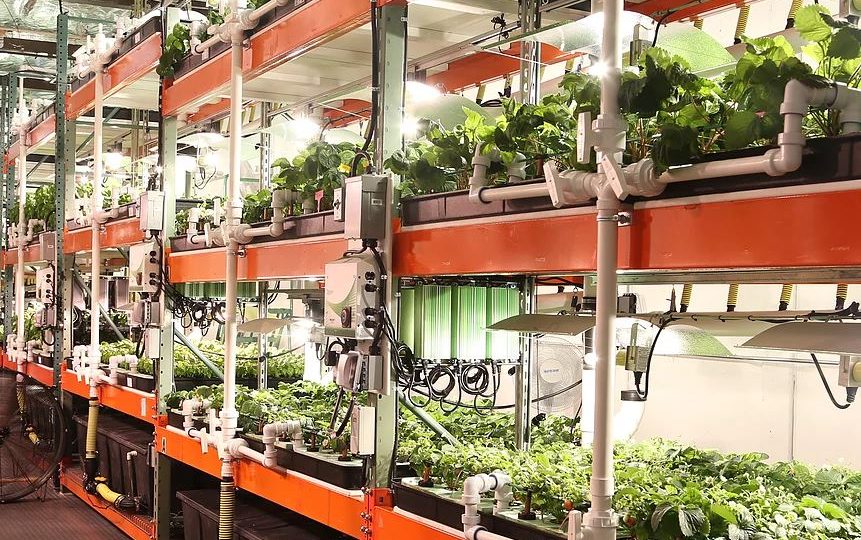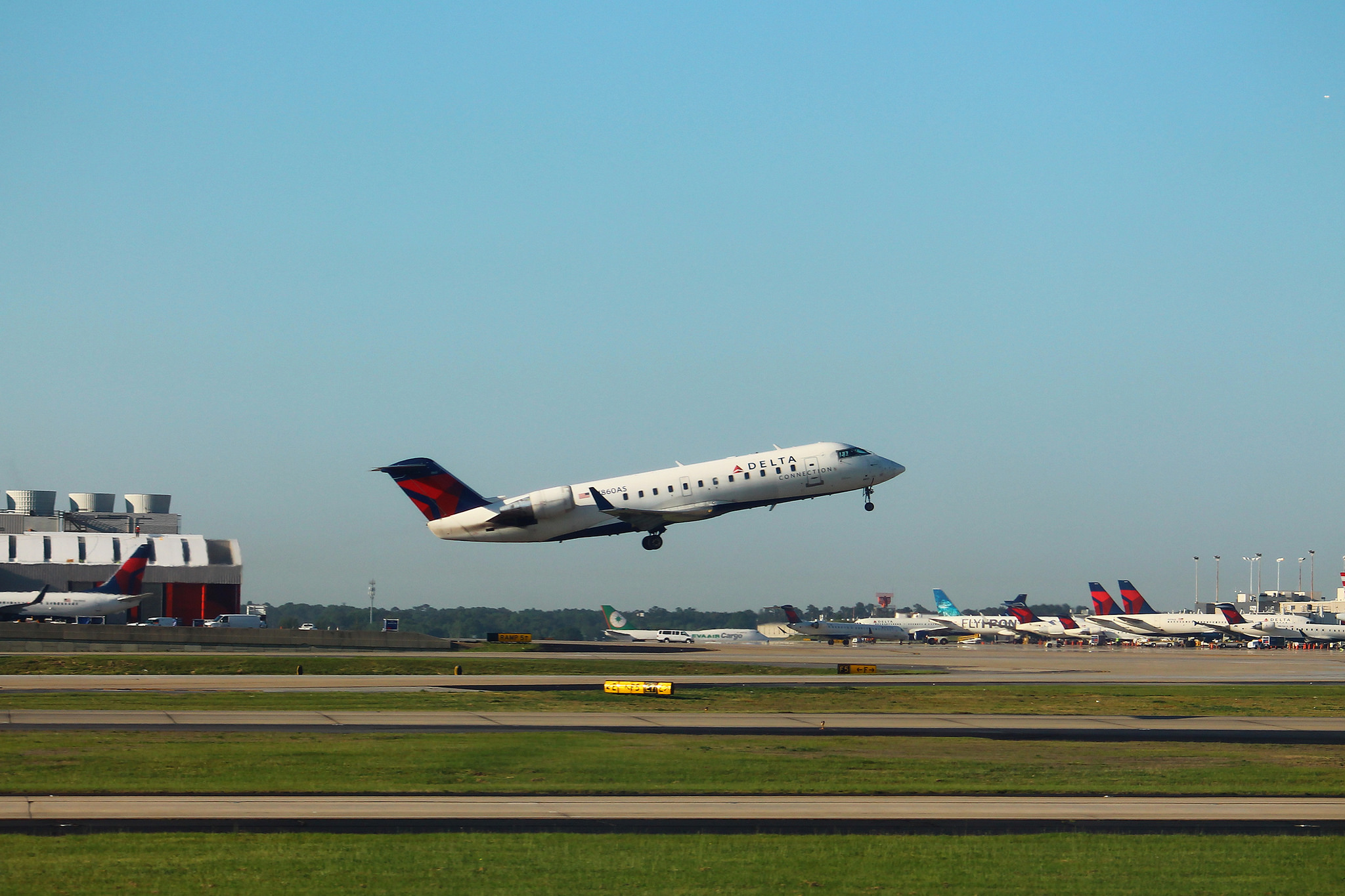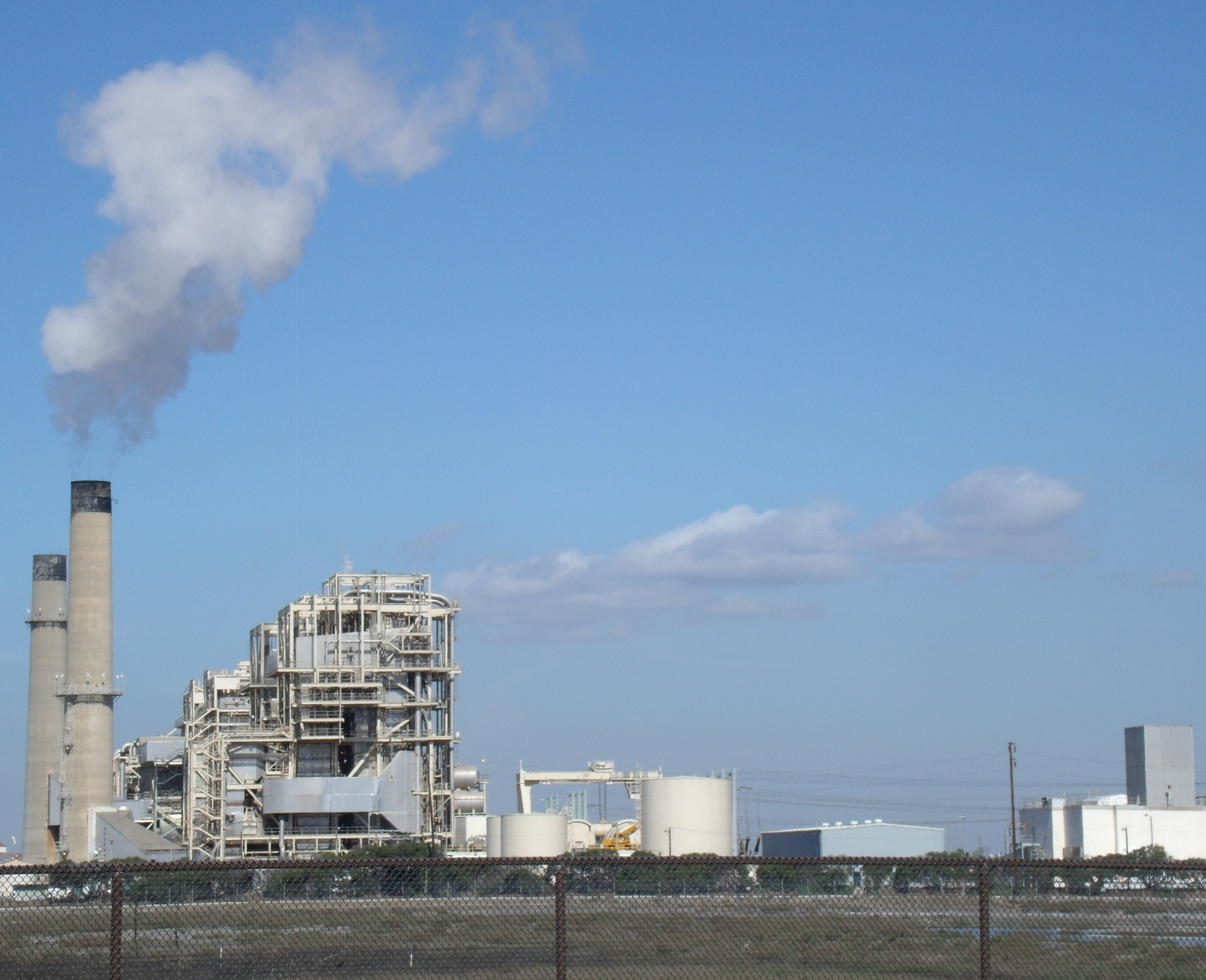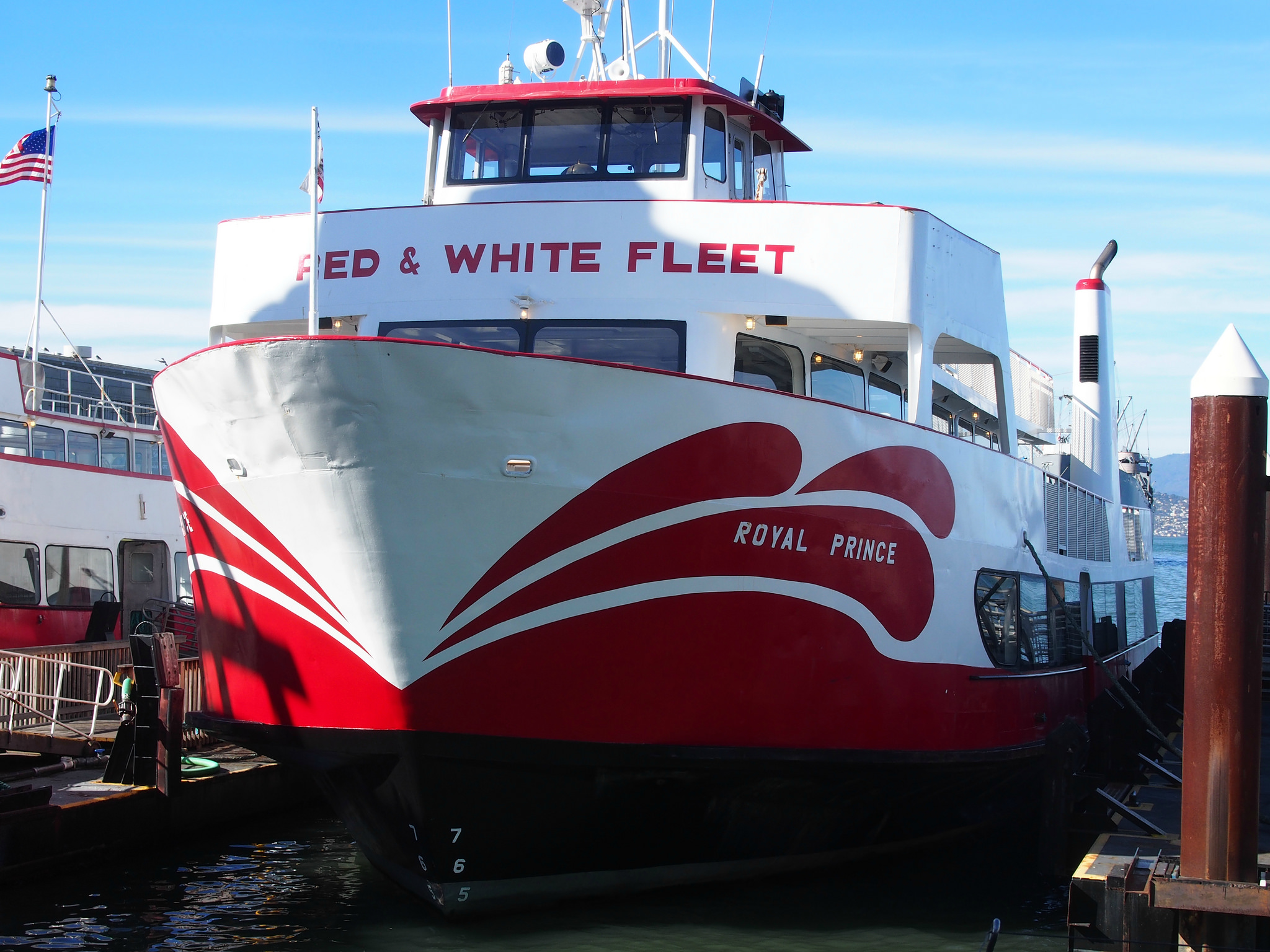transportation
Strategies For Limiting Global Warming
A new study published in Nature Energy shows that the goal of limiting global temperature rise to 1.5 degrees Celsius could be achieved by a combination of dramatic improvements in the energy efficiency of everyday activities.
Tourism And Greenhouse Gas Emissions
Tourism is a significant contributor to global gross domestic product. Furthermore, it is growing at an annual rate of 4%, more than many other economic sectors. There are many places around the world where it is the largest industry. But until recently, there really wasn’t very good information about its carbon footprint.
Shielding From Food Waste
Food waste is one of the most disheartening problems we face. Fully one-third of all food produced globally for human consumption is wasted. Fruits, vegetables and tubers are even worse off: fully half of these things are wasted. It is a loss at an economic, social and environmental level.
Finding Methane Leaks With Lasers
Burning natural gas instead of coal is considered to be an important way to reduce greenhouse gas emissions. In principle, it is. Gas combustion produces much less carbon dioxide than coal combustion.
Hydrogen Progress
As low-cost solar and wind energy become increasingly pervasive, the prospects for hydrogen-based transportation systems are improving. The reason is that cheap electricity makes it practical to produce hydrogen by breaking down water rather than getting it from reforming natural gas, which results in carbon dioxide emissions. The real goal is for hydrogen to be a renewable and carbon-free fuel.
The Changing Face Of Air Pollution
Air pollution in cities is a global problem that has reached crisis proportions in places like China and India. In our country, since the Clean Air Act was passed in 1970, there has been a great deal of effort exerted in controlling pollution from vehicles. A combination of pollution-limiting changes to engines, fuels, and pollution control systems has significantly reduced the amount of air pollution associated with the transportation sector.
The Automobile Future: Dream or Nightmare?
Visionaries tout a future in which cars are electric, self-driving, and shared. All three of these things are starting to happen today, but will they come together to produce a future where congestion and pollution are things of the past?
[Read more…] about The Automobile Future: Dream or Nightmare?
Biomimicry Is Big
Biomimicry is learning from and then emulating nature’s forms, processes, and ecosystems to create more sustainable designs. Mother Nature is already the inspiration for countless products and designs ranging from Velcro copied from plant burs to the shape of wind turbines modeled after whale fins. There are wetsuits inspired by beaver pelts and office buildings that copy termite dens. Increasingly, innovators are looking at nature for designs in architecture, chemistry, agriculture, energy, health, transportation, computing, and even for the structure of organizations and cities.
Transportation And Greenhouse Gases
Power plants have been the biggest source of greenhouse gas emissions in the United States for more than 40 years. But the ever-changing picture of electricity production has changed that situation. According to new data from the government’s Energy Information Administration, transportation has now taken over the top spot.
Germany’s Struggle
Germany has a reputation as one of the greenest countries on earth. They have comprehensive recycling programs, they treasure their forests, and in recent decades, they have been aggressively working to replace both nuclear and coal-fired power plants with renewable energy sources. They have been an early world leader in solar power. And their national Energiewende or “energy turn” initiative demonstrates a strong commitment to the environment.
Corporate Fleets And Electric Cars
A group of 10 major transnational corporations has launched a new global initiative to slash vehicle emissions by increasing the number of electric vehicles in their corporate fleets. Known as EV100, the initiative commits companies to integrate EVs in their owned or leased fleets and install charging stations for customers and employees.
A Solar-Powered Vertical Farm
Vertical farming is a method for producing crops in vertically stacked layers or surfaces typically in a skyscraper, used warehouse, or shipping container. Modern vertical farming uses indoor farming techniques and controlled-environment agriculture technology.
Air Travel And Global Warming
Air travel is pretty carbon intensive. For those of us who take plane trips, it represents a substantial part of our individual carbon footprints. It isn’t that plane travel is inefficient fuel-wise on a miles-per-gallon-per-passenger basis compared with driving, for example. It is just that we go so much farther on planes. Currently, aviation accounts for only a few percent of overall carbon emissions, but that is changing for two reasons.
Clean Energy In Massachusetts
Despite efforts by the new administration to increase support for fossil fuels, there is increasing momentum towards a clean-energy future. State and local efforts are driving the country to a 21st-century energy infrastructure, with or without the federal government.
A New Low-Cost Battery
Batteries have never been more important. Not only do we all depend on cell phones, tablets and laptop computers that run on batteries, but two enormous industries are in major transitions that rely upon battery technology: personal transportation and the utility industry. The electricity grid is increasingly turning to solar and wind power for generation and both will require effective energy storage if they are to truly become the predominant sources of electricity.
Reduced Emissions From Electricity Generation
A recent report from the Energy Information Administration notes that for the first time in 40 years, carbon dioxide emissions from electricity generation are less than those from transportation. The reason is that power plants nationwide are abandoning the use of coal and turning to cleaner burning natural gas, as well as newer sources such as solar and wind power.
[Read more…] about Reduced Emissions From Electricity Generation
